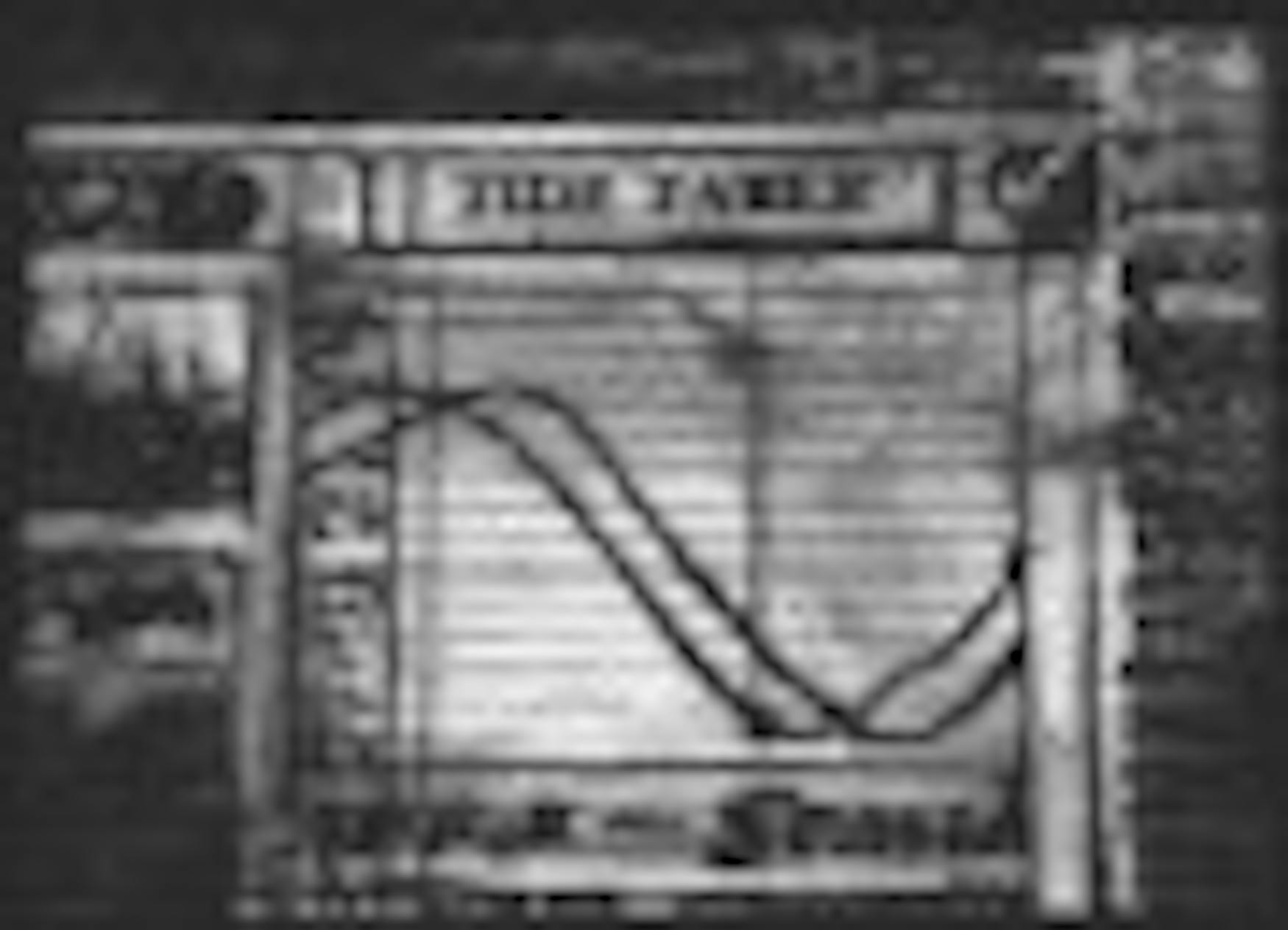Exploring the 'tides' of WaterWays through film
Prior to this past October, I had never set foot in the Lee Gallery. Its entrance nearly hidden in the corner of the museum's ground floor, the Lee Gallery is completely empty. It boasts no artwork other than William Kentridge's 8-minute, 50-second animated film "Tide Table," a progression of charcoal and pastel drawings projected in massive digital images onto a plain white wall. The imagery develops to the ominous sound of crashing waves juxtaposed against the gentle guitar and Congolese lyrics of Franco/TP O.K. Jazz.In all frankness, a crowd in pursuit of free food compelled my attention to the Lee Gallery for the first time at the "WaterWays" exhibition's official opening at the Rose Art Museum Oct. 7. Despite the crowd that had turned out that evening, the room's nakedness struck me. So I returned to the museum to get the full impact of Kentridge's huge grayscale images, which evidently required enough attention of their viewers to merit their own room.
As it turns out, "Tide Table" does not require its viewers' attention as much as it steals it. As the centerpiece of the Rose's current "WaterWays" exhibit, "Tide Table" makes a powerful statement through an emotion-laden flow of images, appearing and disappearing as if Kentridge were still in the process of sketching and erasing. In fact, this is precisely what Kentridge is doing; he has filmed his drawings in progress, leaving the natural traces and smudges as he revises and adjusts his art to reflect new impressions. The effect is personal, conveying the artist's own thought process as it transpires over time.
As Kentridge adds to and takes away from his drawings, viewers themselves must determine what the artist intends for them to notice. What carries more weight: the beach chair occupied by a well-dressed white man leisurely reading his newspaper or the beach chair sitting empty on the shore? Are the identical wooden structures lined up on the sand cabanas? Sheds? Barracks? And who's inside them-a group of happy vacationers visiting the African continent in an elite Western cultural practice or patients-who could easily be taken for prisoners-of the AIDS and HIV pandemic that claims too many lives on the continent of Africa?
The scenes do not necessarily reflect a coherent plot. Kentridge seems more focused on the use of motifs in his work. Aside from the ambiguous, uniform wooden structures and the lounging, well-dressed white man-who Kentridge introduced previously in his first animated film, Johannesburg, Second Greatest City After Paris in 1989 as greedy industrialist and real-estate developer Soho Eckstein-cows appear regularly in the film, at times in logical context and at other times with no apparent rationale. The cows are drawn spontaneously into the shoreline as the waves crash on the beach; they are erased just as spontaneously as the waves recede. The cows appear equally as spontaneously inside the wooden shed-like buildings beneath a lamp, which more often than not morphs into a showerhead and begins spouting water that devours everything inside-be it a cow, a person or even a group of people. But before disappearing from the image, the cow's body becomes emaciated, as if diseased. These pictures of painful, sudden death serve as a commentary on the collective suffering of Kentridge's country-socially, politically and physiologically.
Viewers derive the story behind the disturbing cow metaphor from images of newspapers, which appear frequently in and between Kentridge's other scenes. Eckstein spends a good deal of time reading (and sleeping beneath) his newspaper on the beach, showing how knowledge of current events is a rarefied privilege. But while Kentridge illustrates his characters reading newspapers, he has them trample piles of them just as often, usually as one scene transitions into another. This simultaneous ability to know and to ignore is haunting. Kentridge shows the broken pieces of the South African identity and the major gap between the white, privileged elite and the larger black population. It is frustrating as anything. But it certainly made me think.
I encourage you to pay a visit to Eckstein and the other figures in "Tide Table." Absorb the emptiness of the Lee Gallery; use the space to channel all of your mental capacities on the film, as you inevitably must once you set foot inside the room. Let the images move you into a state of shock and uncertainty, for they will surely stir something within your conscience. It is this type of art that forces its viewers to question injustice and-I would hope-to do something about it.



Please note All comments are eligible for publication in The Justice.